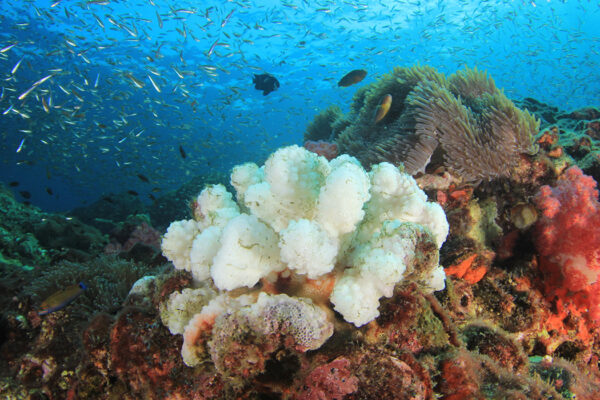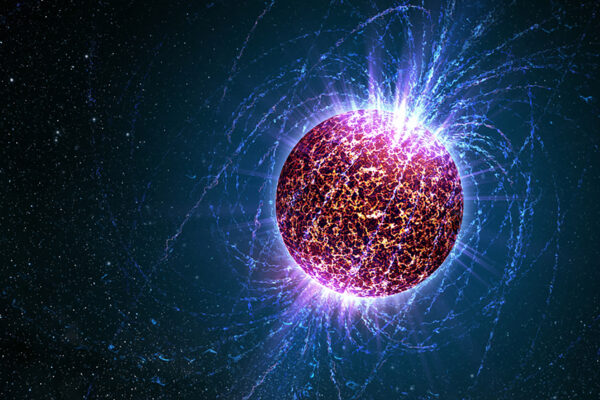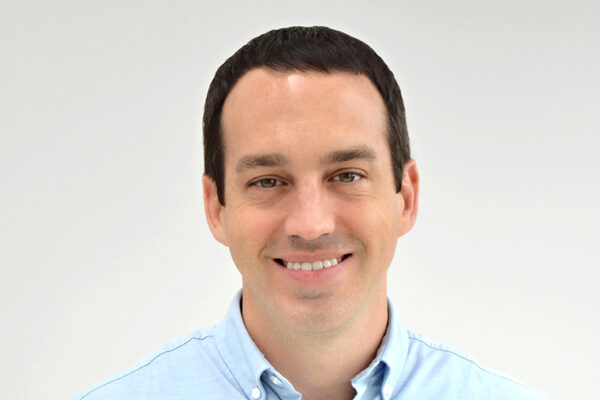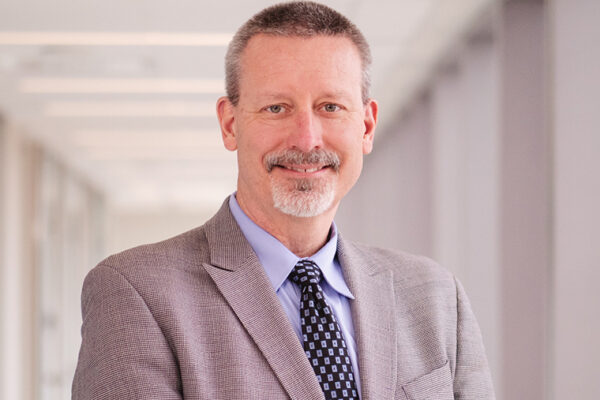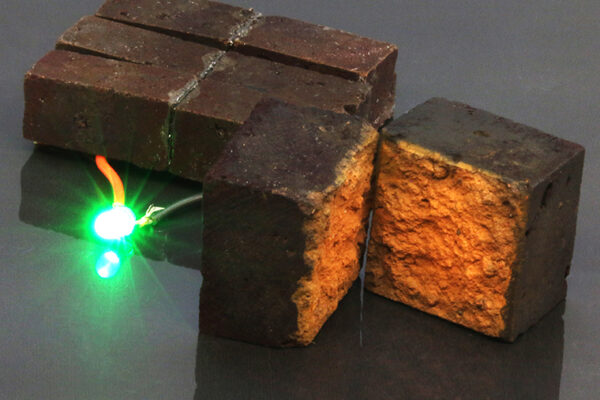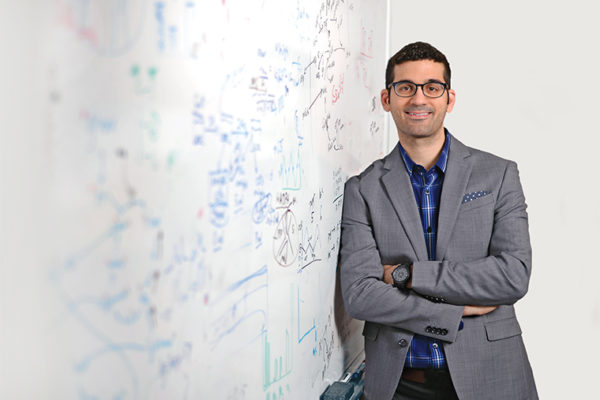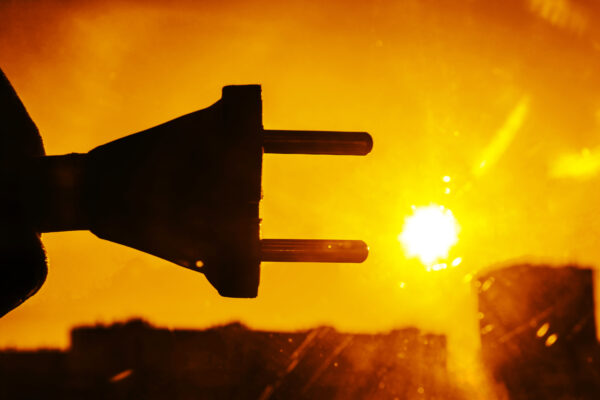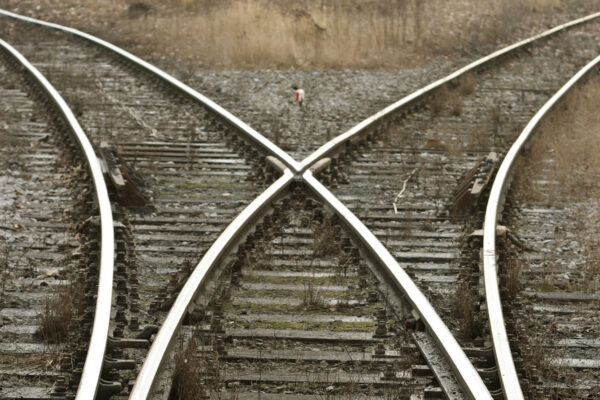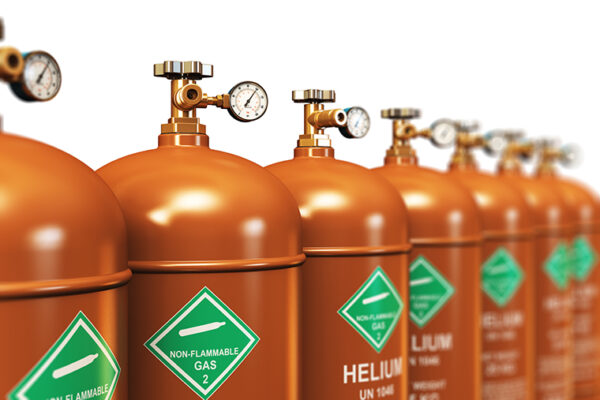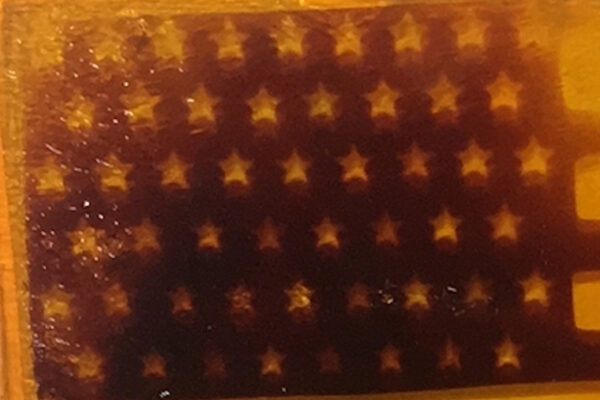Teaching high school chemistry with real-world examples
Michael Wysession, professor in earth and planetary sciences, and Bryn Lutes, a lecturer in chemistry, both in Arts & Sciences at Washington University in St. Louis, believe that high school students will learn chemistry better when they crunch actual climate data, rather than memorize the periodic table by rote. They helped write a national chemistry curriculum that is loaded with real-world examples — like ocean acidification — and is already being rolled out by school districts in Los Angeles and other parts of California.
Looking skin deep at the growth of neutron stars
Researchers from physics and chemistry in Arts & Sciences at Washington University in St. Louis leveraged data from nuclear scattering experiments to make stringent constraints on how neutrons and protons arrange themselves in the nucleus. Their predictions are tightly connected to how large neutron stars grow and what elements are likely synthesized in neutron star mergers.
Barnes selected as 2020 American Chemical Society Young Investigator
Jonathan Barnes, assistant professor of chemistry in Arts & Sciences, was selected as one of 15 Young Investigators by the American Chemical Society’s Division of Polymeric Materials: Science and Engineering. The selection recognizes Barnes’ excellence in polymer research and marks him as an emerging leader in the field.
Loomis wins American Chemical Society’s 2020 Saint Louis Award
Richard Loomis, professor of chemistry in Arts & Sciences at Washington University in St. Louis, won the American Chemical Society’s 2020 Saint Louis Section Award.
Storing energy in red bricks
Red bricks — some of the world’s cheapest and most familiar building materials — can be converted into energy storage units that can be charged to hold electricity, like a battery, according to new research from chemists in Arts & Sciences.
Patti a finalist for prestigious Blavatnik young scientist award
Gary Patti is among the 31 finalists for the Blavatnik National Awards for Young Scientists, selected from 305 nominations across the United States, the organization announced June 17. He is the first honoree from Washington University in St. Louis in the award’s seven-year history.
Walking the wire: Real-time imaging helps reveal active sites of photocatalysts
Nanoscale photocatalysts are small, man-made particles that harvest energy from sunlight to produce liquid fuels and other useful chemicals. A new imaging solution developed at Washington University in St. Louis reveals the significance of a particular structural feature — clusters of oxygen vacancies — in achieving high photocatalytic activity.
Switching tracks: Understanding photosynthesis
Chemists in Arts & Sciences have re-engineered one of nature’s solar cells to drive electrons down an alternate path. This work advances the understanding of the earliest light-driven events of photosynthesis and is published in the Proceedings of the National Academy of Sciences.
U.S. faces looming ‘future drought’ in helium
In a Dec. 10 briefing on Capitol Hill, chemist Sophia Hayes of Washington University in St. Louis and an expert on helium testified that steep price increases and “supply shocks” threaten basic research in academic settings. Shortages will also lead to broader health and industry applications, she said.
New photo-responsive hydrogels developed with eye on biomedical applications
Researchers in Jonathan Barnes’ laboratory in Arts & Sciences have developed a new light-sensitive hydrogel with improved biocompatibility compared with similar materials. Down the line, these materials may be particularly suited for medical uses like prosthetics or transplantable organs.
View More Stories
